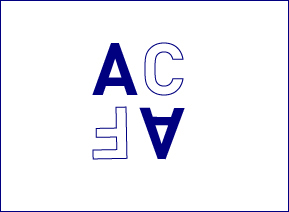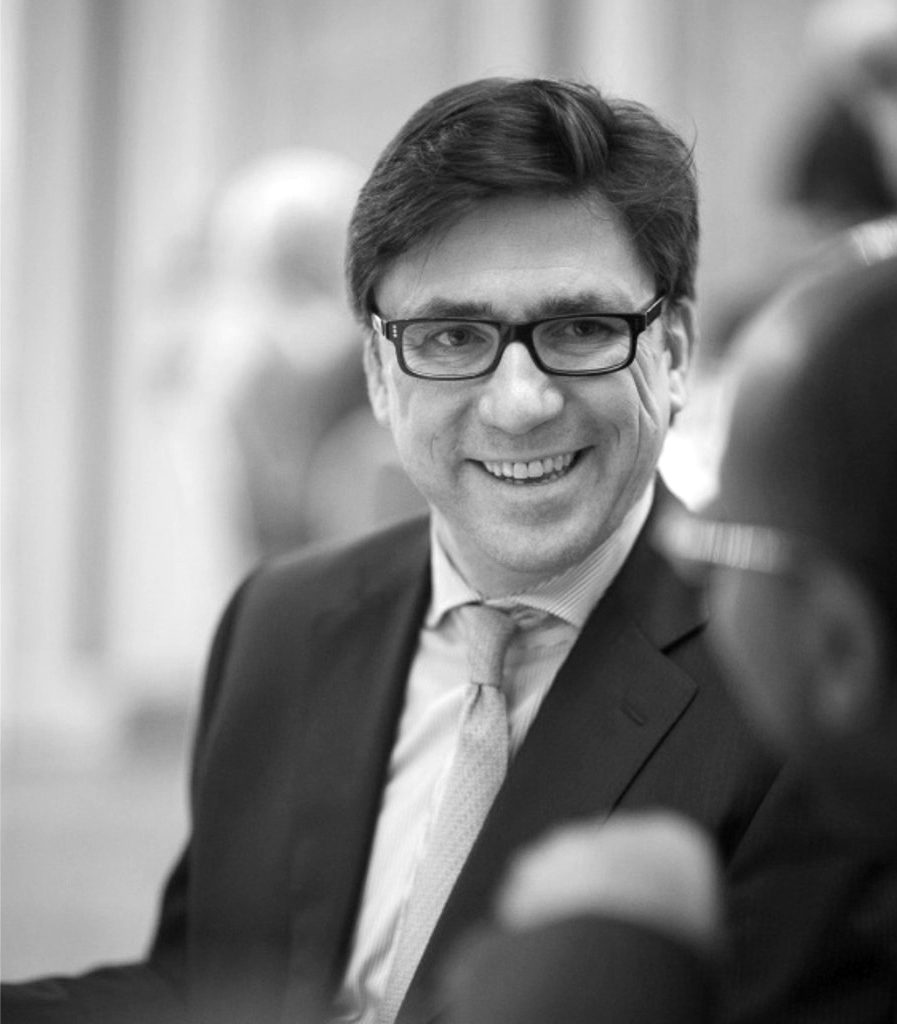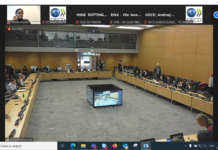CBL-ACP Interview with Stephanie Manasseh, founder and director of Accessible Art Fair

Alexander Herring: How was ACAF started/ including inspiration to start the event? What is the goal of ACAF?
Stephanie Manasseh: I have always been interested in art, from a very young age. My mother being a painter, I was surrounded with her artworks, paints and supplies. She often took me to museum shows in my native Montreal and for a special treat on my birthday she would take me to New York to visit the MET and the MOMA.
As I grew up, I started to understand that the artworld was a complex place, where only a handful of artists succeeded. I also understood that my mother did not fit into any framework and was selling from time to time to friends and some contacts. When I moved to Europe in my 20’s I spent a lot of time with artists and realised that my mother was not alone. Artists without gallery representation often went unnoticed and had to resort to doing their own selling when they could.
This seemed like a frustrating industry where a whole group of people had no access- meaning artists didn’t have access to their own industry, which I thought was very unfair.
When I settled in Brussels in 2004 I started developing the idea of showcasing artists without gallery representation and giving them access to an art buying public thus creating the Accessible Art Fair in 2006.
A.H : What is the Contemporary art climate in Brussels and Belgium as a whole?
S.M : Belgium benefits from having a very large contemporary art collector base, wealth and a love and thirst for contemporary art. Luckily, even though: it s a small market, it is a buoyant one.
A.H : Why do you choose to run it at Bozar?
S.M : My mission has always been to run great events, showcasing great artists in special locations. Our audiences not only have the chance to see the art but also to experience the architecture and the building. Bozar being one of Belgium’s premium art institutions it seemed like an obvious choice when the committee accepted to hold it there in their commercial space. This building was designed by Belgium’s Victor Horta, whose mission was to make art accessible to the public- seemed like a perfect match.
A.H : Why did you choose to take it to New York?
S.M : New York is an obvious choice for the art fair, as it is the epicentre of the art world. There is a huge captive market there and a very large collector base however, It is also a difficult choice because of competition. From our inaugural event in 2015 we have had nothing but positive feedback, bringing a new selection of artists from Europe to the Big Apple.
A.H : What is new this year ? Tell us about the African pavilion?
S.M : Every year we make one artist our guest of honour and have them design our poster for the event. This year we have young Flemish photographer Marie Wynants who has the honour. She is not even 30 but seems to have several decades of work under her belt. We are happy to highlight the talent of this young woman. This year I have decided to allocate a space to artists coming from Africa and create an African pavillion. African artists are finally getting noticed in Europe and the US and this was a long time coming as there is so much talent on the continent. I would like to make this selection of artists accessible to our audience at Bozar and very much looking forward to welcoming them.
 About ACAF:
About ACAF:
Accessible Art Fair (ACAF) is a CONTEMPORARY ART event bringing together artists and the public. Founded in 2006, The mission of the Accessible Art Fair remains unchanged: forging a bond between the artist and the buyer. This 4-day event offers a platform for artists to exhibit their work in a cultural and prestigious space. We strive to make quality artists accessible to the public and the public accessible to the artists.
Discover more on:
www.accessibleartfair.com


Alexander Herring
Vice President CBL-ACP
PSLO World Bank Group
![[:en]CBL-ACP 2019 Q1 - article ACAF (1)[:]](http://perspectives-cblacp.eu/wp-content/uploads/2019/03/CBL-ACP-2019-Q1-article-ACAF-1-696x928.jpg)


